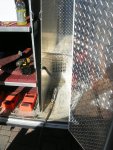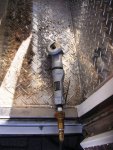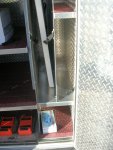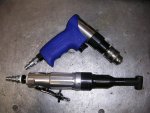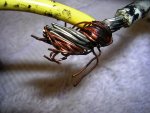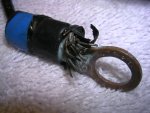rlrenz
Explorer
Interesting how some decisions are "made" for us, huh? GREAT deal on those parts! And no gas can hassles!
That's the kind of decision that can suddenly happen when you don't expect it. Onan's parts have never been cheap, and after they became part of Cummins, I don't think there were any price reductions. When I priced out the conversion, I figured that gasoline wasn't all bad - I had thought about a built-in tank, but then I'd have the problem of elderly gas unless I used it all, which pointed to using a system based on 5-gallon gas cans -- I could remove the excess easily and use it up in the lawn tractor / snowblower / whatever. Gasoline and propane both have the same advantage over diesel - a diesel likes to be loaded to about 75% or so, while a gasoline / propane generator is happy anywhere between no load / full load. Even through the Onan generator has a screwdriver-operated drain valve on the carb, it still takes a bit of fiddling to store versus just closing a valve for propane.
So, now I'm back in the propane bottle lift design / build project. The design is already doped out - it is based on a 250 Lb capacity WWII surplus hoist, plus a 250 Lb capacity trolley I found. The trolley will work perfectly on a 3" aluminum I beam.
I've also looked at several designs for commercial O2 bottle lifts that are available for ambulances - the lifts themselves have some nice design features, but the prices definitely are geared to someone who doesn't panic at the cost of a brand new ambulance. One design uses a linear actuator to lift a bottle into an ambulance, and another uses a boat winch on a handtruck with a sliding segment to lift a bottle to ambulance loading height - that design has possibilities, except the handtruck has to be stored somewhere on board.

